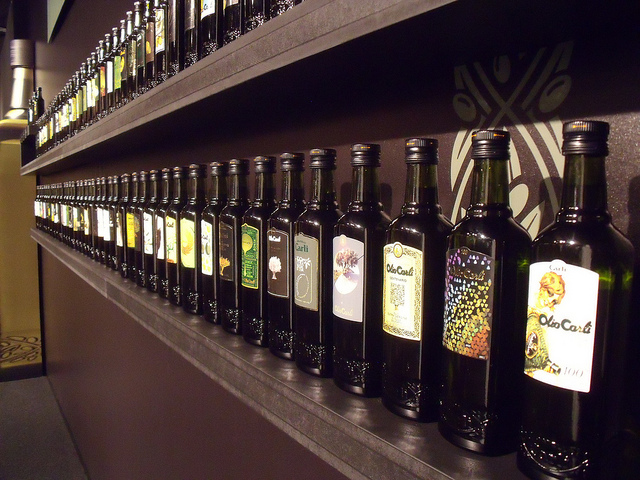Drareg
Member
- Joined
- Feb 18, 2016
- Messages
- 4,772
I found this video very interesting, something we don't speak about much is the refraction of PUFA and how this influence cells communication, I know Peat spoke about cells potentially using light to communicate, its also interesting to think about infrared light and how PUFA influences it.
It seems to only work with pyrex glass, borosillicate.
View: https://www.youtube.com/watch?v=9Tj2KMZhfoc
Another shining a green laser through olive oil changes the beam to a red colour, I can't find anything with saturated fat, would be interesting to test with different hormones in PUFA and SFA.
View: https://www.youtube.com/watch?v=VCo60SRujtQ
It seems to only work with pyrex glass, borosillicate.
View: https://www.youtube.com/watch?v=9Tj2KMZhfoc
Another shining a green laser through olive oil changes the beam to a red colour, I can't find anything with saturated fat, would be interesting to test with different hormones in PUFA and SFA.
View: https://www.youtube.com/watch?v=VCo60SRujtQ



